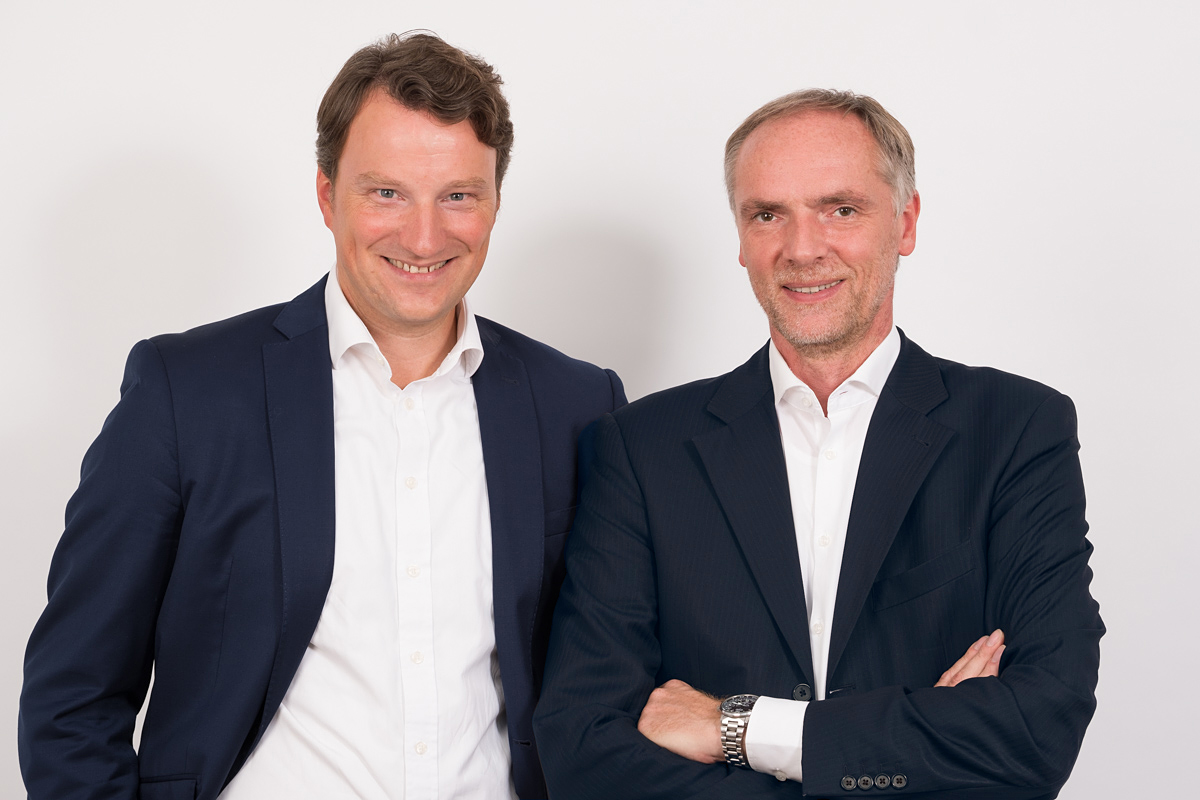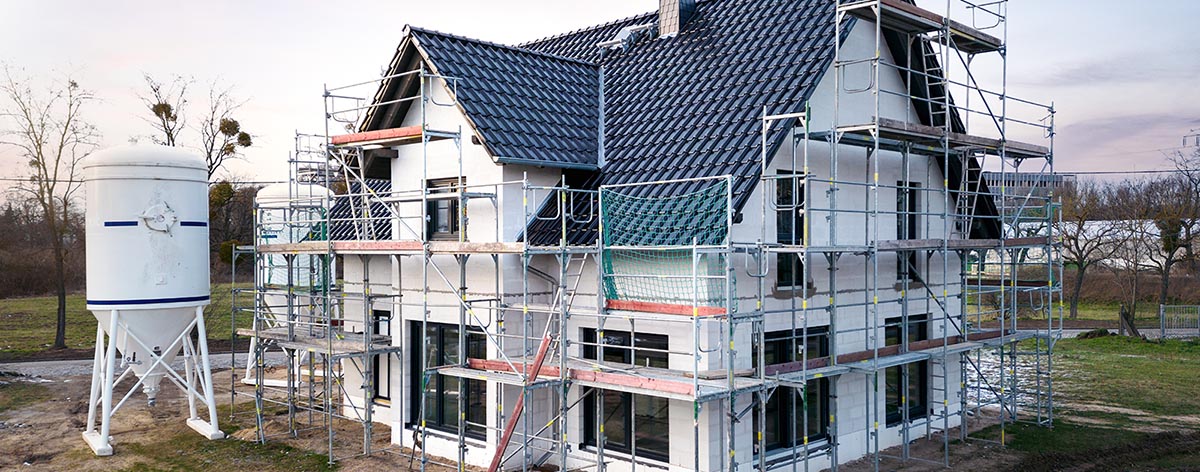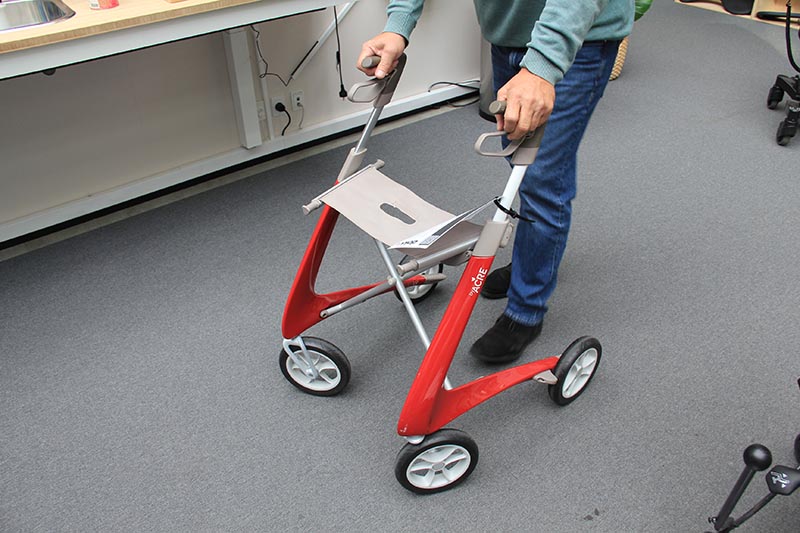Extreme weather such as floods and storm surges are occurring more and more frequently – even in areas where we don’t expect them. SBC editor Susanne Karr in an interview with Düsseldorf architect Jan Hinnerk Meyer (J.H.M.), who is initiating a flood competence center with other project partners in Germany. The aim is to make the explosive nature of the topic visible to society and to promote cooperation at European level.
By Susanne Karr (SK)
S.K.: You are planning a competence center for flood protection, because climate change is leading to an increase in extreme situations.
J.H.M: People are still talking about the “rain and floods of the century”, but we now have to deal with them every year.
So far, the urgency has been suppressed. How do you want to organize the knowledge transfer?
In the “Projektschmiede”, which I run together with cultural manager Dr. Hagen W. Lippe-Weißenfeld, we listen to social needs in order to find a solution, also with regard to sponsors. We have identified the flood protection competence center as an urgent need.
We need to impart knowledge in such a way that even schoolchildren understand the connections. We already have numerous contacts from the scientific community who want to actively participate in this competence centre. There is a consensus in this network that something needs to be done. Among them is Professor Schüttrumpf from RWTH Aachen University who holds the Chair of Hydraulic Engineering.
How do you realize the placement? Do you invite school classes to workshops, for example?
On the one hand, we want to bring together knowledge on the subject of flooding from research and industry in this competence centre. On the other hand, we are convinced that another important component is didactic-educational. You have to think fundamentally about how the climate is created, what causes the climate and what influences people through their behavior and actions.
We want to explain the connections between climate and heavy rainfall events, rising rivers, rising groundwater, etc. in a way that even primary school children can immediately access and familiarise themselves with these topics. A child must learn what it can do as part of society to make things better or at least less bad.
I think it is extremely important to teach people about their impact on the climate from a young age. We sometimes have the attitude: What can the single individual achieve? But if each individual does the right thing, it is a huge force that has a positive influence.
We will develop such a concept with professionals who, for example, also advise museums or create entire exhibition concepts. There is also a network that we integrate at this point.
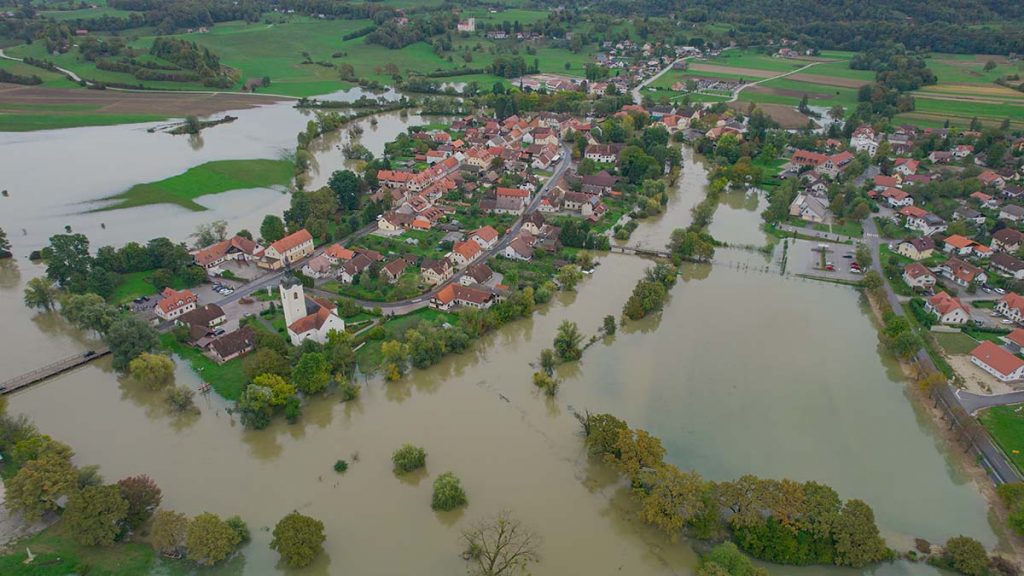
Who will be responsible for this responsible for this large-scale competence center be?
The question is: Would this be a federal facility? Or would that be a state institution of NRW (North Rhine-Westphalia)? Or would that perhaps even be a European institution, which would make even more sense? Decision cycles, i.e. financial backers, depend on this. And as well as society succeeds in raising the profile of this issue, there will also be funding from the federal and state governments, as there is a massive need for it.
Our first step is to raise awareness. Media work is extremely important in order to reach society. It is time to finally learn from past incidents and take action. Politics, administration and society are unfortunately sluggish. Usually something bad has to happen a few times, with homeless people who have lost their homes or even dead people, before people react.
Our team also includes Albrecht Brömme, former state fire director and head of the Berlin fire department and technical relief organization, who is also active in the media. He was responsible for analysing the major losses for the states of North Rhine-Westphalia and Rhineland-Palatinate and is an absolute expert. He is also strongly in favour of improving civil protection – in other words, in case something has already happened. He wrote the stirring article “Flood dementia”.
A meaningful title – what does it mean?
The term “flood dementia” implies a lot. We still have the disaster in the Ahr valley in the back of our minds and the images pop up here and there. But although the time gap is short, these things are quickly forgotten. That’s why it’s so important to keep raising the issue in the media. To make it clear: Stop, this was not an event of the century! This will happen to us every year.
People probably want to forget the suffering quickly and see the disaster as a special case. What can you teach people what they can do? Because this repression mechanism is the result of a feeling of helplessness, if you believeyou can do nothing as an individual anyway ,and the result is a a kind of resignation..
The experiences are so terrible that you just want to suppress them. And politicians only act when there is no other option. Then suddenly there are funds.
Basically, it’s about soil sealing and about being smart and always asking: How can you do something meaningful? So: How does a city grow sensibly? How does a village grow sensibly? We must not willfully designate too many areas as future building land too quickly. Building higher must be a serious consideration if an area is already sealed.
Discussions often arisewith taller buildings. Many say: “Thatdoesn’t fitintothe townscape!”Such positions encourage further soil sealing.
The question no longer arises as to whether one should build higher for the sake of appearance. For the climate, it is not five to twelve, but five past twelve. We have to do something now.
At the same time, more thought needs to be given to vacant properties, subsequent utilisation, extensions, additions and supplementary buildings instead of moving forward with new development areas. If there is no way of avoiding new development areas, then the question of building on these areas comes into play. Are these areas fresh air corridors? Are the areas possibly relaxation areas for overflowing rivers? Construction methods must then be adapted.
My intention is to act as early as possible in the process, as you can still influence a lot there. The later in the process you start, the more you are exposed to realities. You may be able to prevent the worst from happening, but you can no longer organise it strategically.
You have pointed out that the planning for floodplains is necessary. What. Wouldbe possible in suchan area? Wcan you describe that?
The question must be how these relaxation areas, which are ultimately green spaces, can be made available again through intelligent dyke construction.
Will there be parks or other locations for sports facilities and other things?
These can be areas used for agriculture or recreational areas. Sports areas are possible if they are not too heavily built on, with changing rooms and halls. Outdoor activities, e.g. mountain bike trails, are suitable. If the flood goes over it twice a year, that’s not a problem.
And what do you think of the idea of SpongeCity? Ratherthan trying to divert more water. (Note: Urban planning concept to collect and store as much rainwater and surface water as possible on site instead of channeling and draining it away). You often see this in Scandinaviaand also in Austria in urban expansion projects such as Seestadt Aspern (near Vienna). Wow do you assess the potential? Or is it just a buzzword?
A difficult question. You actually have to try to catch the water before it reaches a town. And if it is already flowing through the city, find out where the water can be diverted quickly. My considerations relate to relaxation areas that are not located within cities and villages, but in front of and behind them. These are the green intermediate pieces.
If you analyze which towns were affected by the floods in the Ahr valley, the question arises: How will they be made flood-proof after all these centuries of development? The relief area in the event of flooding is the basement and first floor areas. Of course you can’t argue like that, but simply put: When the floods come again, basements and first floors will be full.
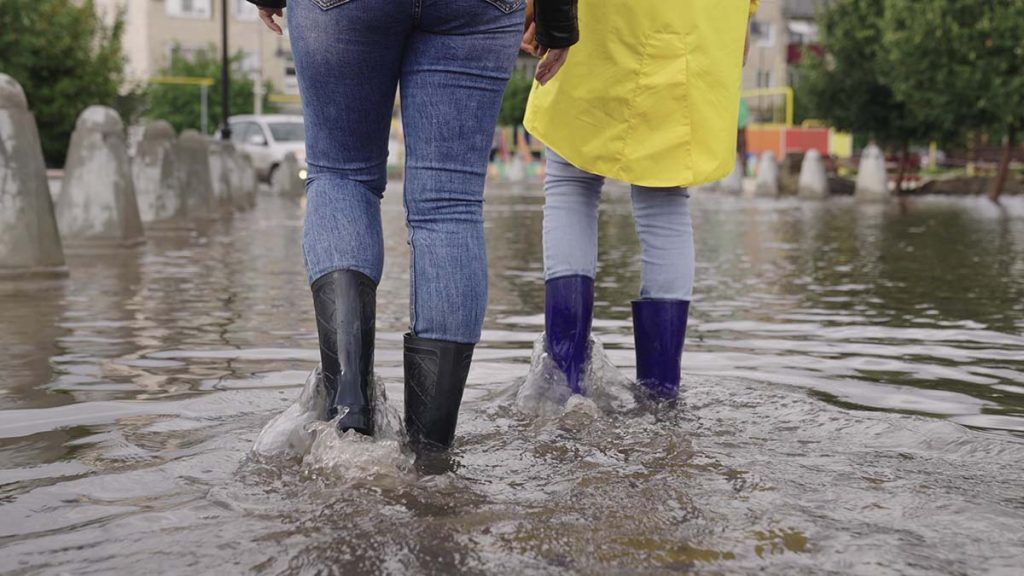
What can be done ad hoc to prevent such a case?
It becomes increasingly difficult the more you find yourself in valleys. Experts are in demand, for example from RWTH Aachen University with its Chair and Institute of Hydraulic Engineering and Water Management. They provide advice and analysis worldwide. Only in Germany are we lagging behind.
Why is that?
This is also about vested interests and convenience. These exclude big thinking and subsequently lead from one catastrophe to the next.
What would you suggest?
In general, the dyke infrastructure is public property that is administered by local authorities, federal states and the federal government in a quasi-fiduciary capacity. From this perspective, it must be a very high priority for the federal and state governments to ensure that dykes work.
All existing dykes must be inventoried and evaluated according to categories such as “life and limb at risk”, “consequential damage”, etc. Such monitoring makes it clear that funds must finally be made available and that dykes must be rehabilitated according to good planning.
There is currently no directory, how the quality of different dikes is to be assessed now?
There is no controlling body that is responsible for a superordinate cadastre with an inventory of dikes. But this is an absolute necessity.
This is again about the overall picture. We must not think on a small scale, not at municipal level, not at state level, but as part of a larger plan on how to deal with the issue of water retention areas and dyke protection. This is where the circle closes for me. There needs to be a center where these issues are dealt with in a needs-based, child-friendly, administrative and family house builder-friendly way, where people can get the information they need.
There is no such center to date?
Although individual initiatives exist, there is currently no central location. In Cologne, a flood competence center was established in the city center after the Rhine floods. They got together to discuss what can be done to prevent water ingress. This association has no local home and is interested in contributing all its knowledge to a really large competence center. The association is one of the partners that have already made a clear commitment to the Flood Competence Center. As a project incubator, we are the initiators of something that is a real social necessity.
Aquestion on the choice of words, you want to use.. Areyou talking about the climate emergency, the climate crisis or climate change? How would you prefer to communicate this topic?
Just like I said before, “climate five past twelve”. We no longer have time to debate. Every time we lose makes it worse. This means that we now need to act swiftly and with maximum intelligence.
Working together internationally would be extremely interesting. The issue affects every country in the world, and we have to start somewhere. We could network across Europe, conduct parallel research, act and reach the public. Then the signals will reach politicians with all their intensity, because the issue is supported by the majority of society.
Share this article:
Author: Anja Herberth
Chefredakteurin


